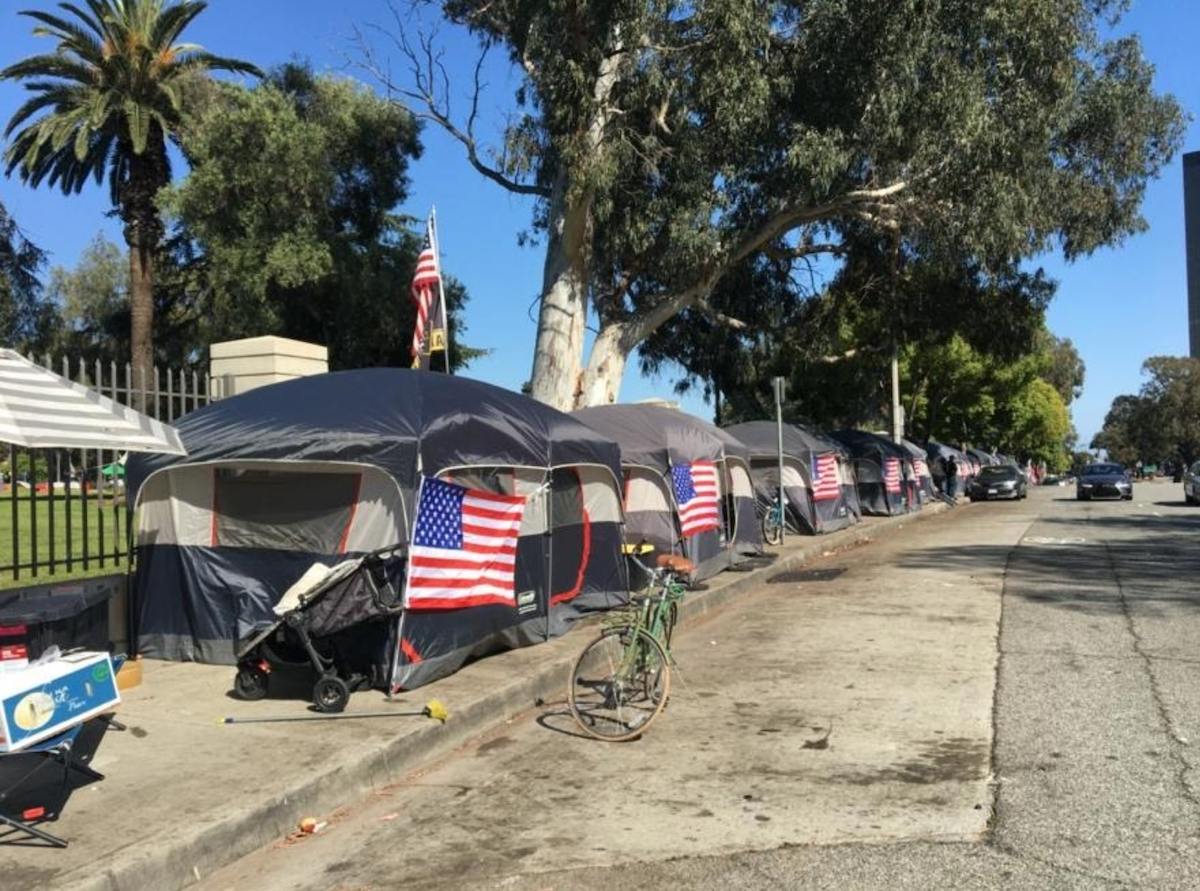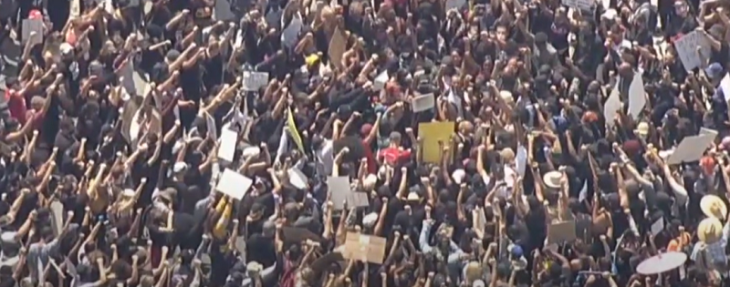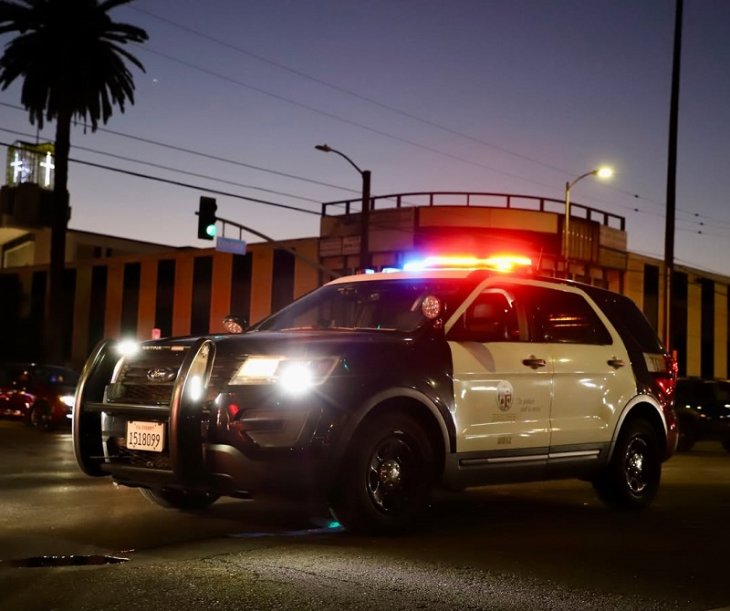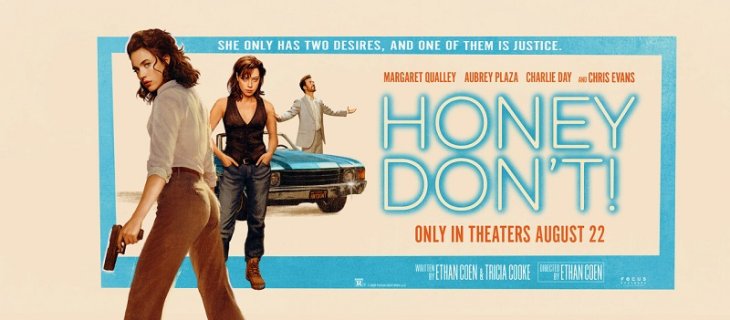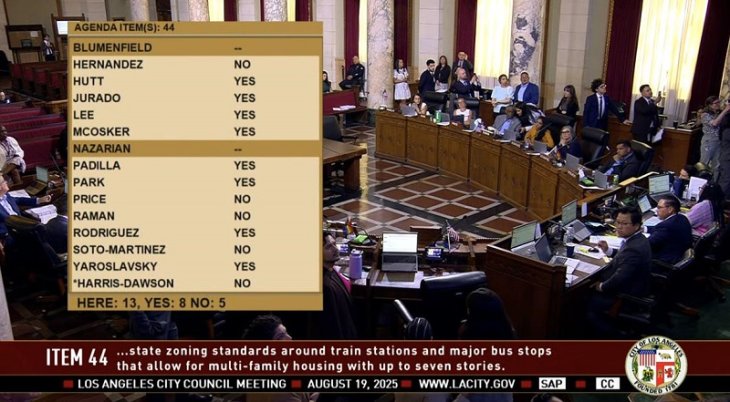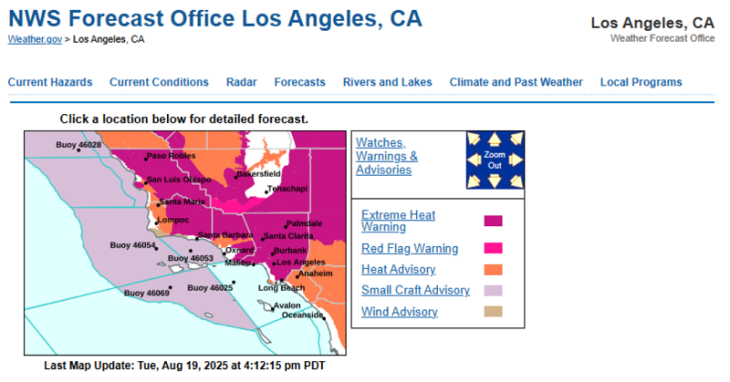By Tom Elias, Brentwood News Columnist
For more than two months, California airwaves were filled with political hype, in large part because of the unprecedented push for early voting caused by the coronavirus pandemic and threats of a deliberate U.S. Postal Service slowdown.
Not much was spent here on the presidential race, because its outcome in California was never in doubt. Not even Donald Trump thought he had the slightest chance to beat Democrat Joe Biden in this deeply blue state.
Rather, most radio, television and social media advertising here was about the 12 initiative propositions voters were asked to vote up or down.
For the most part, as usual, these were voted down, as was predictable under the old adage that if voters don’t understand a ballot measure, they generally say no.
In the meantime, hundreds of millions of dollars were spent on initiatives, perhaps the largest expenditures aiming to defeat Proposition 23, which would have required the state’s 550 outpatient dialysis clinics to keep a physician specialist on duty at all times, adding greatly to expenses but little, if anything to quality of care.
Voters had already rejected a very similar proposition two years ago, and handily did the same this time. On that one, they went along with most of the ads that were aired, rejecting the few that insisted this change would greatly improve care for the 80,000 Californians on kidney dialysis.
But voters rejected the hype on most other highly contested propositions.
There was a common theme in the ads and arguments backing several initiatives this fall: pass this, the arguments went, and there will be billions of dollars more for schools, roads, firefighting and just about anything else a voter might like.
Nowhere was that claim stronger than in the messages backing Proposition 15, the so-called Split Roll initiative aiming to tax commercial property at higher rates than residential land and buildings. Backers promised $12 billion in new money, mostly for local governments, and never backed off that figure even when thousands of office buildings and store went largely vacant after the coronavirus pandemic struck.
Trouble was, nothing in the measure spelled out where the new money would be spent. So it could have gone anywhere, including into higher salaries and pensions for public employees. Voters realized that by the end of election season, and with most votes counted, they apparently were rejecting 15 narrowly, probably not by enough to prevent sponsors from trying again.
Things were a bit different with Proposition 19, a hodge-podge of tax changes allowing senior citizens more opportunities to sell their homes and move without losing the property tax benefits of the 1978 Proposition 13. Opponents argued it also would cause problems for anyone who inherited a home from parents or other relatives. Backers claimed it would deprive the wealthy and “trust fund heirs” of current privileges and voters narrowly passed it, going for current benefits over possible future deficits.
Most voters apparently did not believe loud and frequent claims that Proposition 16, aiming to end a 24-year ban on affirmative action hiring and college admissions in California, would mean “equal opportunity for all…” They soundly rejected this measure, which essentially would have made merit a secondary factor for both hiring and admissions.
Voters also passed Proposition 24, giving themselves more privacy rights over their electronic information and geographic locations. They did this despite loud arguments from purists contending the additional rights still are not good enough. They may not be perfect, but they certainly represent improvement, and voters figured that’s better than nothing.
And voters essentially laughed off frequent claims by advocates for Proposition 21 that its statewide mandate for rent controls would somehow alleviate the state’s very serious and growing problem with homelessness. They saw that nothing in the proposition would have allowed tenants to remain in houses and apartments without paying rent. They apparently saw it did nothing to make housing more affordable, as some ads prominently claimed.
The bottom line: For the most part, loud messages did not fool the majority of California voters. At least not this time.
Email Thomas Elias at tdelias@aol.com. His book, “The Burzynski Breakthrough, The Most Promising Cancer Treatment and the Government’s Campaign to Squelch It” is now available in a soft cover fourth edition. For more Elias columns, visit www.californiafocus.net

